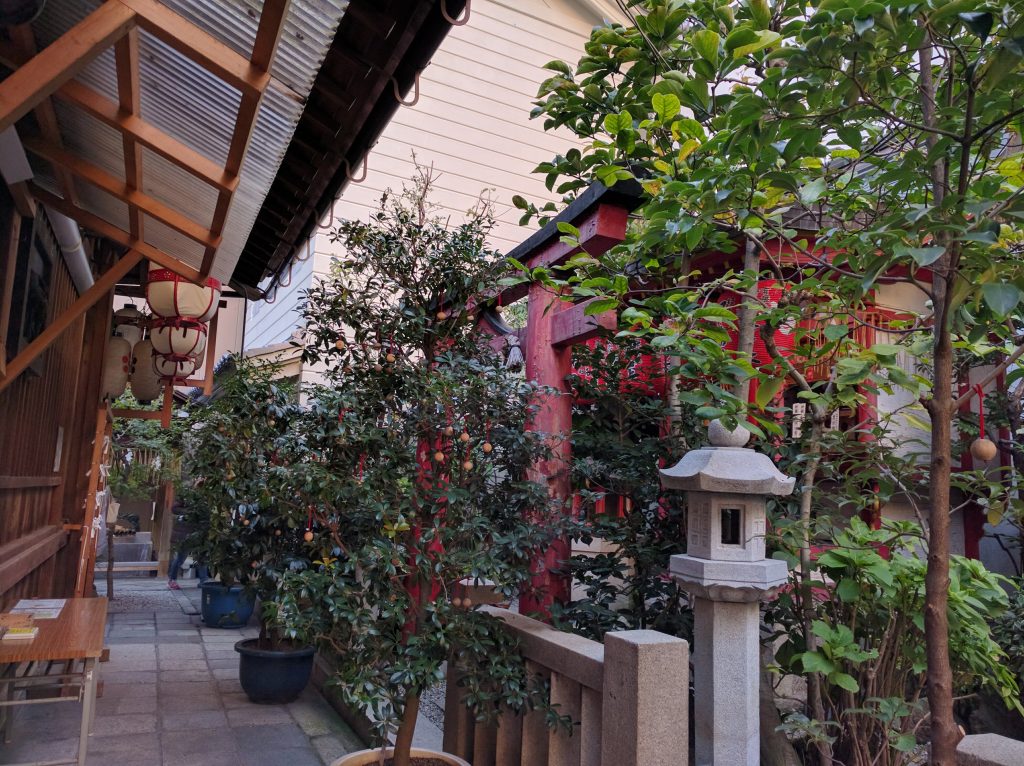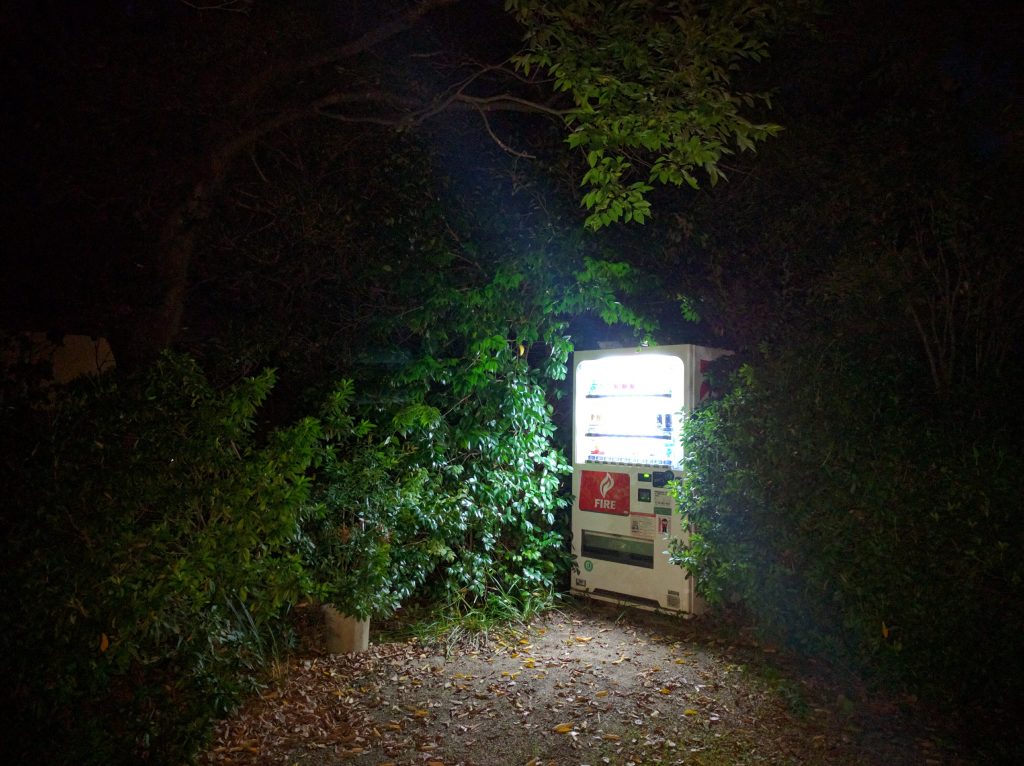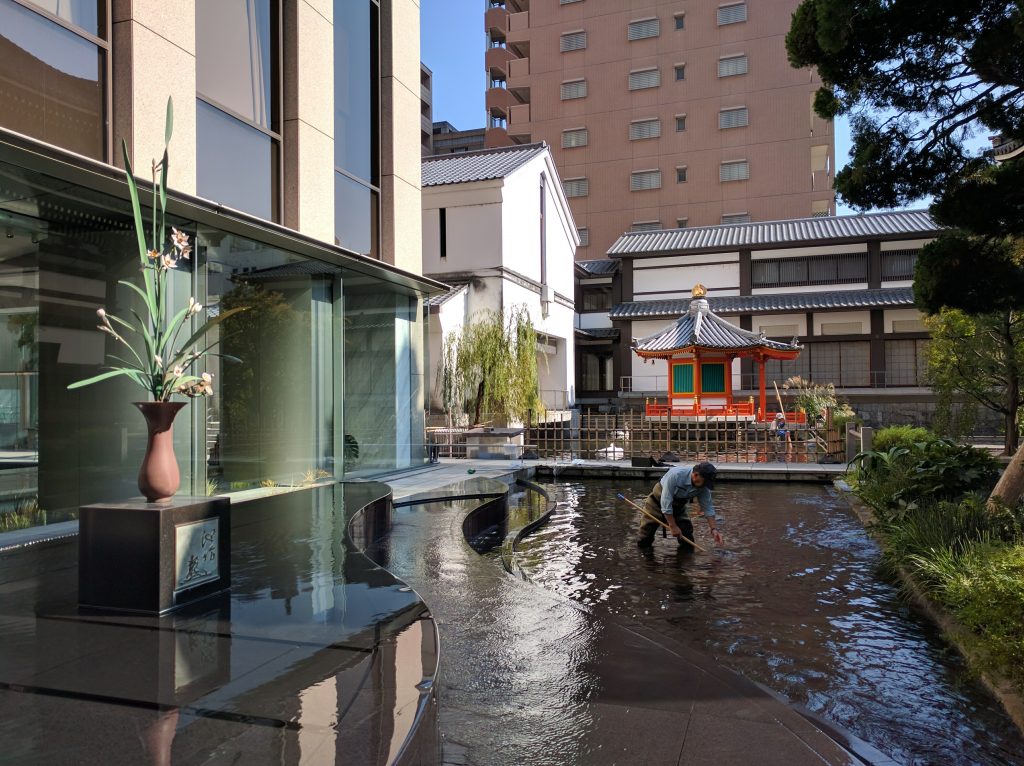In present day Kyoto, a mix of contemporary metro nature such as street trees, mixed-commercial green space, urban shrines, and indoor office vegetation exist alongside traditional and ancient gardens. It is these contemporary metro nature spaces that can provide design examples for urban planners and community members.
Traditional Japanese gardens are known for detailed design patterns and embedded cultural and spiritual symbolism. Garden design arose in Japan in the 7th century, borrowing ideas from Chinese design. For hundreds of years, gardens were built for aristocrats, and more recently for Zen Buddhist meditation practice. Not until the 16th century did the commoners ‘tea garden’ design develop for use in everyday life. Japanese garden design styles today also include promenade gardens and small courtyards. In this decade, researchers and landscape designers in Japan, North America and Europe collaborate to understand human perception and health response within Japanese gardens.
Kinkaku-ji, “Temple of the Golden Pavilion”, is a World Heritage Site and Zen Buddhist temple. Along with a tragic history of fire and ruin, it represents an iconic temple with several architectural styles, embellishment, and an enveloping ‘promenade’ garden. It is physically set apart from the urban Kyoto landscape and invokes a feeling of surround and awe. It is a traditional example of architecture and garden design.

The rooftop ‘sky garden’ on the 15th floor of Kyoto Station is often the first encounter Kyoto visitors have with Japanese nature and city design. The open courtyard provides a 360 view of the city and a quiet place to rest.

Tenman-gu Shrine is an urban sacred space tucked into one end of Nishiki Market, a vast urban commercial labyrinth. It provides a shockingly quiet and respectful space within the bustle of ice-cream stands and t-shirt shops.

Maruyama Park is a public green space mixing sacred, metro nature and commercial space with equal recognition. In the U.S., such spaces are unusual or considered conflicting. This space at night is full of strolling families, shrine seekers, and roaming raccoon-dogs.

Ikebana, Japanese plant art, originated in 7th century alter offerings. In the 15th century, the first Japanese Ikebana school began at a site in present-day downtown Kyoto. The interior of the office building, which houses the oldest Ikebana school, pays homage to the role of nature in our everyday lives. Recent research provides evidence of the health and wellbeing provided by indoor green offices.

Rokkaku-do Temple in Kyoto, the birthplace of Ikebana, rests in the courtyard behind the Ikenobo Headquarters. In addition to the sacred temple, shrines, and statues, the space provides a healing water environment in the middle of downtown office buildings.

